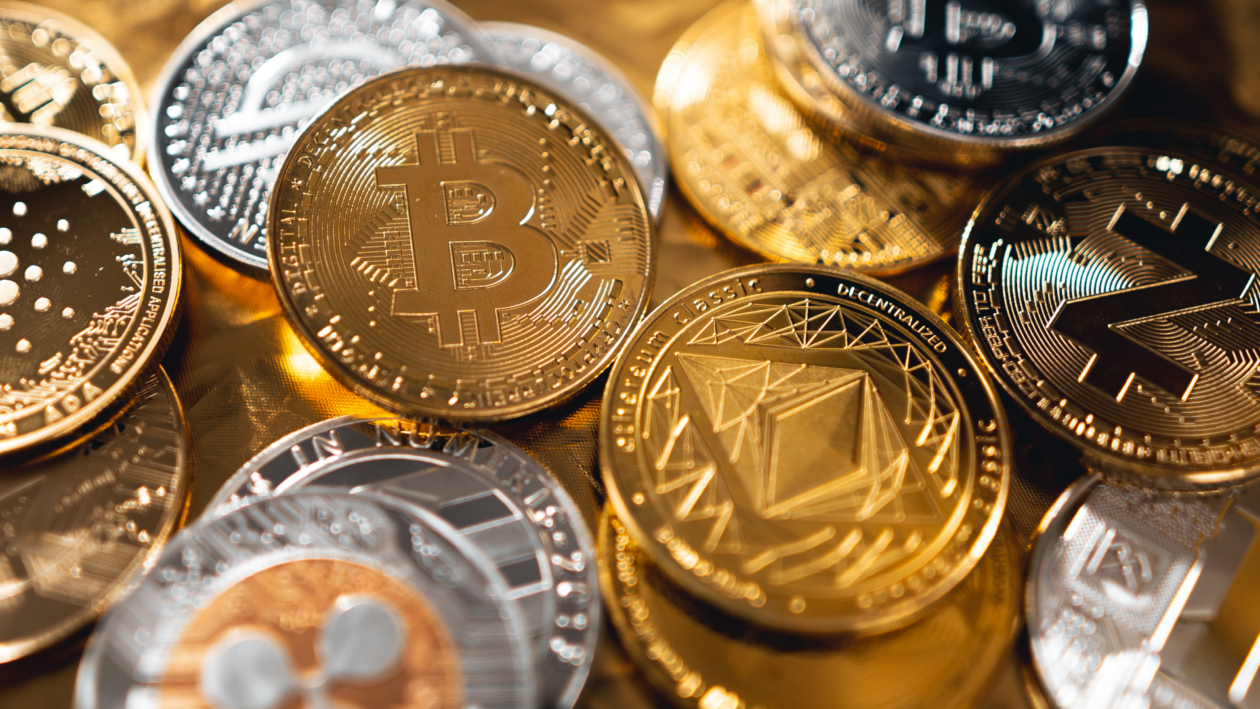Bitcoin and Ether rose in Thursday morning trading in Asia, along with all top 10 non-stablecoin cryptocurrencies. Polygon led the gains. The rebound came against a backdrop of declines in U.S. equities on Wednesday amid more concerns about inflation readings and how this may influence Federal Reserve interest rate policy. However, strong signs of a resurging China economy is raising the appetite for risk assets.
See related article: Bitcoin’s price gains this year bring needed relief to cash-strapped crypto mining industry
Fast facts
- Bitcoin rose 2.11% in the past 24 hours to US$23,639 as of 8 a.m. in Hong Kong, according to CoinMarketCap data. The world’s largest cryptocurrency by market cap narrowed its decline for the past seven days to 2.25%. Ether gained 3.57% to US$1,663 for a weekly increase of 1.24%.
- Polygon gained 4.52% to US$1.25. The blockchain platform launched Polygon ID on Wednesday, a product based on the zero-knowledge proofs (ZK) technology, which allows users to issue verifiable credentials without exposing private information. However, the token has some ground to make up as it’s still down 10.63% for the seven day period.
- Litecoin rose 4.21% to trade at US$97.74. Crypto intelligence company IntoTheBlock reported on Tuesday that about 53% of Litecoin holders are sitting on gains, compared with a low of less than 15% in 2022. Litecoin replaced Shiba Inu in the number 10 slot of largest non-stablecoin cryptocurrencies by market cap, and added 2.76% for the week.
- The total crypto market capitalization rose 1.57% in the past 24 hours to US$1.08 trillion. And the total trading volume over the last 24 hours increased 13.91% to US$48.60 billion.
- February data on China’s manufacturing activity released Wednesday bounced back to the highest in almost 11 years, reflecting the country’s abolishment of its zero-Covid policy and offering signs the world’s second largest economy could help lift global trade and investment.
- However, U.S. equities closed generally lower on Tuesday. The Dow Jones Industrial Average was little changed with a dip of 0.02%, the S&P 500 dropped 0.47% and the Nasdaq Composite Index fell 0.66%.
- The focus in the U.S. remains inflation and Federal Reserve interest rate policy. Reuters reported the discussions among Fed officials is whether a further larger hike in rates is needed or smaller increases and holding rates higher for longer is the more suitable policy to bring inflation down and ensure a soft landing for the economy.
- Raphael W. Bostic, president and chief executive officer of the Federal Reserve Bank of Atlanta, on Wednesday said if the Fed eases up on inflation before it is contained, it can flare anew.
- “That happened with disastrous results in the 1970s. After the FOMC loosened policy prematurely, it took about 15 years to bring inflation under control, and then only after the federal funds rate hit 20 percent. We don’t want a repeat, so we must defeat inflation now.”
- The Fed set U.S. interest rates between 4.5% to 4.75% in February, the highest since October 2007. Analysts at the CME Group expect a 70.1% chance that the Fed will raise rates by another 25 basis points this month. They also predict a 29.9% chance for a raise of 50 basis points, an increase from 24.0% as reported on Wednesday.
See related article: Creation of U.S. digital dollar would ‘crowd out’ crypto: ex-Biden adviser

